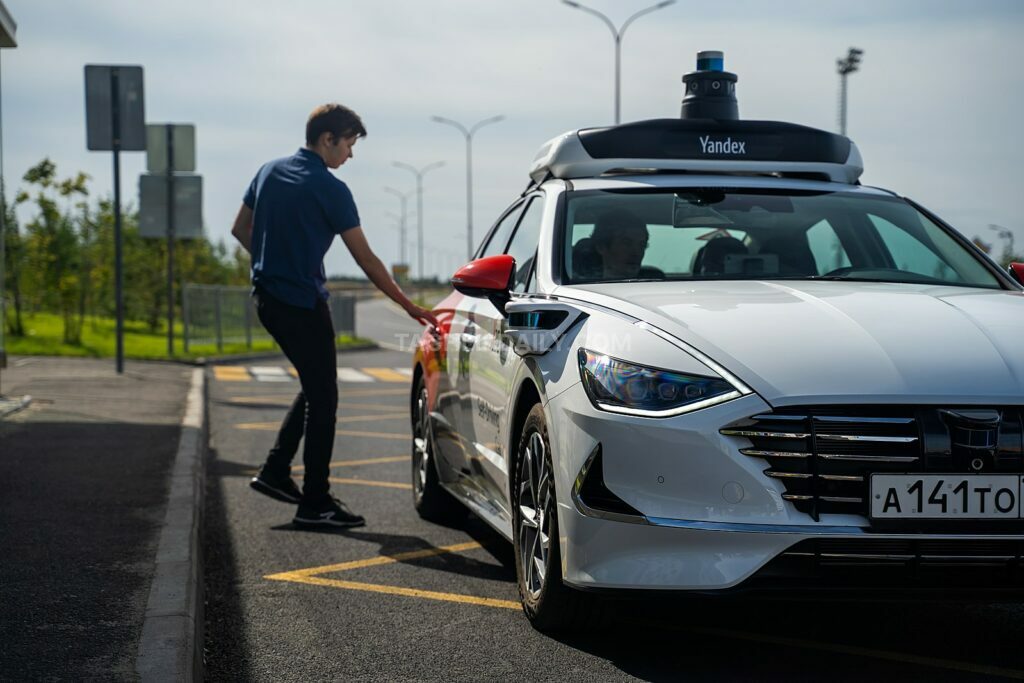New York City’s streets are on the cusp of a technological transformation as Mayor Eric Adams green-lights the deployment of robotaxis, ushering in a new era of autonomous vehicles (AVs). However, amidst the excitement, concerns over safety loom large.In a move aimed at fostering “responsible innovation,” Mayor Adams announced the approval for several companies to introduce self-driving cars to the city’s bustling thoroughfares. While hailed as a potential solution to traffic congestion and air pollution, the introduction of robotaxis comes with a caveat: they won’t be entirely driverless.
During the testing phase, all AVs must have a human safety driver onboard, ready to take control if necessary. These drivers will undergo rigorous background checks and training to ensure they are equipped to handle any unforeseen circumstances.
The city’s Department of Transportation will oversee the deployment of robotaxis, emphasizing the need for strong safety protocols. Companies seeking permits must submit comprehensive safety plans, outlining their procedures for testing and ensuring the well-being of other road users.Despite these precautions, opposition to the initiative has emerged from some quarters. Civic activists, wary of the unproven technology, argue that New Yorkers should not serve as guinea pigs for the car industry. Citing incidents from other cities where robotaxis caused gridlock and accidents, concerns about the safety of pedestrians and drivers persist.Nevertheless, proponents of the initiative see it as a step towards modernizing transportation and making the streets safer. Companies like Waymo, with experience in manual driving and testing in challenging conditions, have welcomed the opportunity to participate in New York City’s pilot program.
As the city prepares for the arrival of robotaxis, the debate over their integration into urban life rages on. While innovation promises to revolutionize mobility, ensuring safety remains paramount in this new era of transportation.











